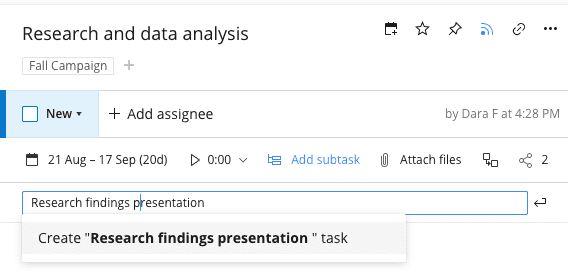
Marking tasks as complete removes them from the list.

We love typing for time, not so much for repeat cycles. We should just have the repeat options available for scrolling through to set what we need. Besides, Todoist’s natural language support is still quite limited.

After some time, always typing sentences, “every Friday at 2 pm”, becomes exhausting. Natural language is usually something extra, an additional feature to the ‘traditional setup’. Let’s hope the developers can make Pro features easier to identify.įor repeating tasks, Todoist’s approach is unique in that it only supports natural language. They won’t have a problem with that limitation. There are some on our team, without mentioning any names, that turn off all their notifications for all the apps on all their devices. They are a decent alternative to priorities. They, at least, add important details to your task. Priorities are usually high, medium, or low. You have to type in your time, which is faster than what we’ve seen in other apps.įlag colours and their names for priorities (in Todoist) are odd. You can then add a due date and time, for which you can choose a time zone. A detailed description is important to have for a to-do app. Your description also supports similar formatting options, as well as headings, quotes, and lists (both numbered and unnumbered ones). Interestingly, you can format your title to make it bold, or italic. You can name your task, and add a description. Todoist is a minimalist app, which makes it easy to figure out. Creating to-dosĪdding a new task is fairly straightforward. Is Todoist the right app for you and your team, let’s find out? This review focuses on the free web version, using Google Chrome.

It’s a freemium app that is free to use, with a Pro version for $5/month if you’re an individual and $8/user/month for businesses. It’s available on macOS, Windows, Linux, iPadOS, iOS, Android, and it also has a web app.


 0 kommentar(er)
0 kommentar(er)
